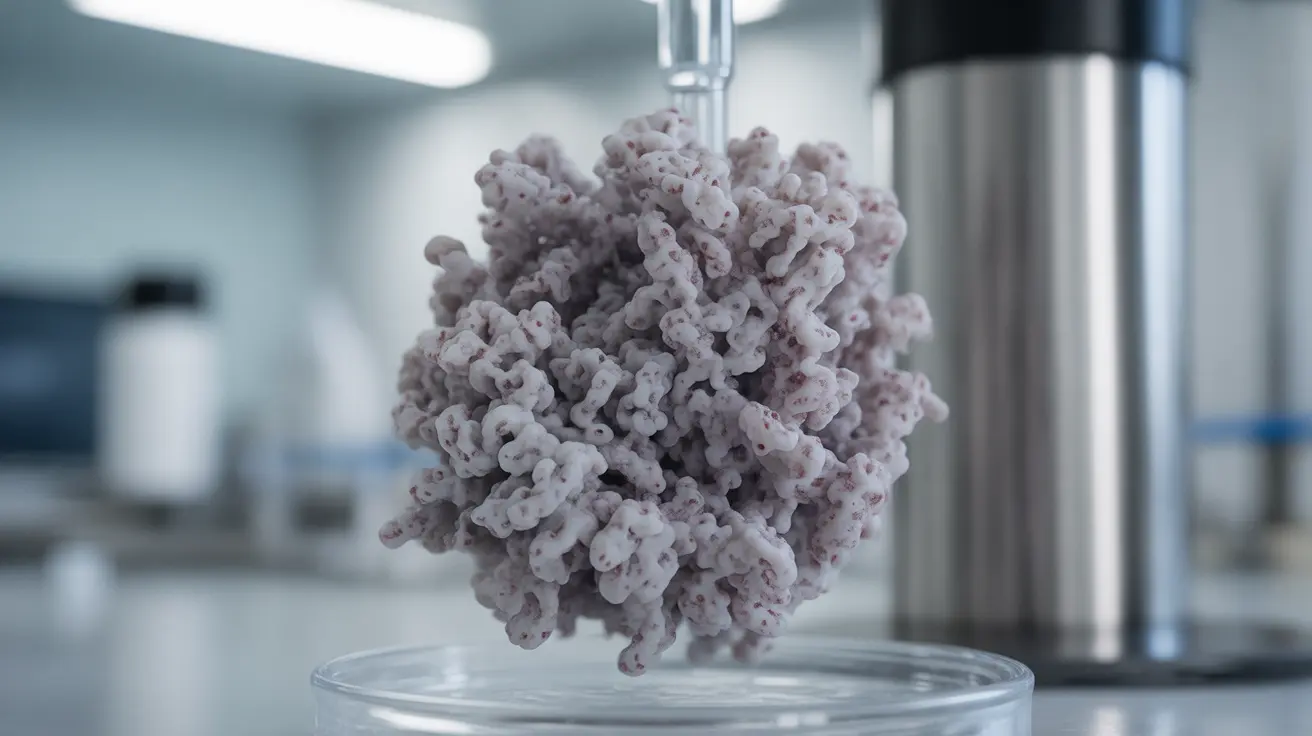A platelet aggregation test is a crucial diagnostic tool that helps healthcare providers evaluate how well your blood platelets clump together to form clots. This specialized blood test provides valuable insights into your body's ability to prevent excessive bleeding and maintain healthy blood clotting functions.
Whether you're experiencing unexplained bleeding issues or your doctor needs to monitor your response to certain medications, understanding platelet aggregation testing can help you better prepare for the procedure and comprehend its significance in your healthcare journey.
What is a Platelet Aggregation Test?
A platelet aggregation test measures how effectively your platelets stick together (aggregate) when exposed to certain substances that typically trigger clotting. This test is essential for diagnosing various bleeding disorders and monitoring treatments that affect blood clotting.
The test examines both the speed and extent of platelet clumping, providing doctors with vital information about your blood's clotting capabilities. This information helps identify potential bleeding risks or clotting disorders that may require medical intervention.
Purpose and Medical Significance
Healthcare providers may recommend a platelet aggregation test for several reasons, including:
- Evaluating unexplained bleeding episodes
- Diagnosing inherited platelet function disorders
- Monitoring anti-platelet medication effectiveness
- Assessing bleeding risk before surgery
- Investigating prolonged or heavy menstrual bleeding
The Testing Process
Before the Test
Proper preparation is essential for accurate test results. Your healthcare provider will typically provide specific instructions, which may include:
- Fasting for 4-8 hours before the test
- Avoiding certain medications that affect platelet function
- Informing your doctor about all current medications and supplements
- Scheduling the test early in the morning for optimal results
During the Procedure
The platelet aggregation test involves:
- A blood draw from your arm using a sterile needle
- Collection of blood samples in special tubes
- Immediate processing to maintain platelet viability
- Analysis using specialized laboratory equipment
Understanding Test Results
Test results can indicate various conditions affecting platelet function:
- Normal results show appropriate platelet clumping
- Decreased aggregation may suggest bleeding disorders
- Increased aggregation could indicate elevated clotting risks
- Variable results might reflect medication effects
Medical Conditions Related to Abnormal Results
Several conditions can affect platelet aggregation, including:
- Von Willebrand disease
- Bernard-Soulier syndrome
- Glanzmann thrombasthenia
- Medication-induced platelet dysfunction
- Uremia
Frequently Asked Questions
What symptoms might indicate I need a platelet aggregation test?
Common symptoms that may indicate the need for a platelet aggregation test include easy bruising, prolonged bleeding from minor cuts, frequent nosebleeds, heavy menstrual periods, or unexplained petechiae (small purple spots on the skin).
How should I prepare for a platelet aggregation test, and can medications affect the results?
Preparation typically involves fasting for 4-8 hours before the test. Many medications can affect results, including aspirin, NSAIDs, blood thinners, and certain supplements. Your healthcare provider will give you specific instructions about which medications to temporarily discontinue before testing.
What does an abnormal platelet aggregation test result mean for my health?
Abnormal results may indicate various conditions affecting platelet function, from inherited disorders to medication effects. The specific meaning depends on whether aggregation is increased or decreased, and your doctor will interpret results in context with your symptoms and medical history.
How is a platelet aggregation test performed, and what should I expect during the procedure?
The test involves a simple blood draw from your arm, similar to routine blood tests. The sample must be processed immediately in a specialized laboratory. The procedure typically takes about 10-15 minutes, and you may experience minimal discomfort during the blood draw.
What conditions can a platelet aggregation test help diagnose or monitor?
This test helps diagnose various bleeding disorders, including von Willebrand disease, platelet function defects, and inherited platelet disorders. It's also useful for monitoring the effectiveness of anti-platelet medications and assessing bleeding risk before surgical procedures.




